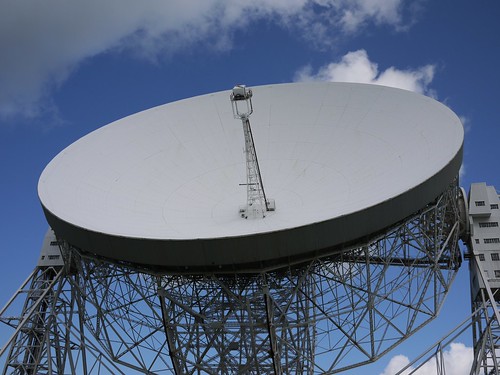Construction of a radio telescope being built by local Univerity of Texas at Brownsville and high school students is under way. The project was developed and carried out by undergraduate students
at UTB-TSC and high school students selected as Arecebo Remote Command
Center Scholars. According its website, the ARCC scholarship program recruits and
trains the next generation of radio astronomers while preparing students
for top graduate programs in science and engineering.
LoFASM is funded by the U.S Department of Defense, led by the Center for Advanced Radio Astronomy at the University of Texas at Brownsville and Texas Southmost College in collaboration with the Naval Research Laboratory, the NASA Jet Propulsion Laboratory and the University of New Mexico.
15 conical antennae, each 1.8m x 1.8m will collect radio wave data in the low < 88 MHz frequency band.
LoFASM is expected to be operational by the end of 2012.
Read the full story at the brownsvilleherald.com
Links:
http://adsabs.harvard.edu/abs/2012AAS...21942235R
LoFASM is funded by the U.S Department of Defense, led by the Center for Advanced Radio Astronomy at the University of Texas at Brownsville and Texas Southmost College in collaboration with the Naval Research Laboratory, the NASA Jet Propulsion Laboratory and the University of New Mexico.
15 conical antennae, each 1.8m x 1.8m will collect radio wave data in the low < 88 MHz frequency band.
LoFASM is expected to be operational by the end of 2012.
Read the full story at the brownsvilleherald.com
Links:
http://adsabs.harvard.edu/abs/2012AAS...21942235R









